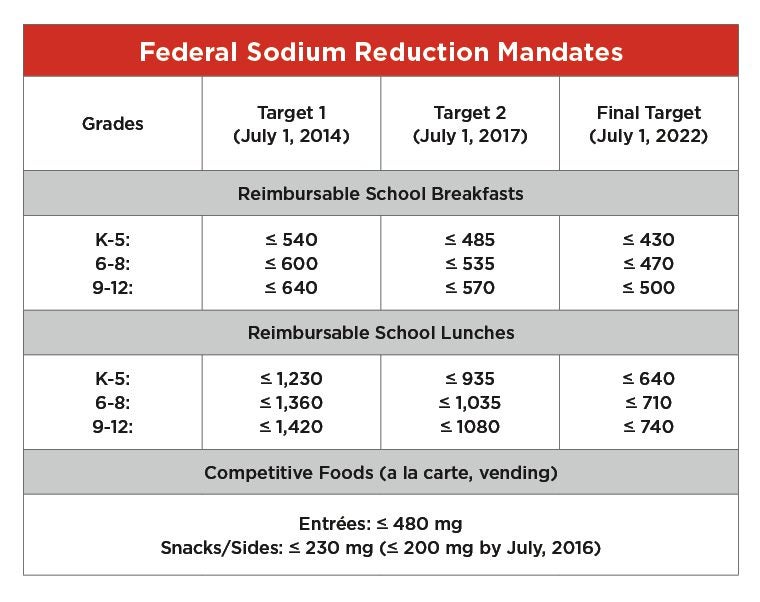K-12 school foodservice directors are always rethinking menus. Scratch and speed-scratch recipes help them address a lot of needs, from changes in student meal expectations to sodium targets to budget restrictions.
Scratch and speed-scratch have similarities and differences. One is more labor intensive and one offers convenience. Both provide lots of variety, flavor and appetite-pleasing appeal. Here are quick descriptions of each:
- Scratch cooking—preparing a menu item without using any prepared or convenience ingredients.
- Speed-scratch cooking—removing part of the scratch process by using a mix of some convenience items and adding fresh ingredients.
Cheesy hashbrowns are a great example of speed-scratch. They can be created with mostly scratch ingredients, but use a labor- and time-saving prepared cheese sauce instead of making one.
Let’s take a closer look at key benefits to scratch and speed-scratch cooking.
Increase participation
With a shift in the way consumers think about food, schools are smart to follow the lead of restaurant operators. They are returning to scratch cooking as a way to enhance flavor, use more wholesome foods, add appeal with colorful fruits and vegetables and reconnect with the source of their food.
School foodservice operators can embrace the from-scratch trend as well. It works for all of the reasons mentioned above, but it also can increase participation by aligning with what students want and ask for while dining out with their families.
Target 2 sodium restrictions and budget
Budget goals and nutrition regulations are top priorities in school foodservice, and using scratch and speed-scratch recipes can be a way to control both. Beginning in the school year 2020-21, breakfasts and lunches offered through the School Breakfast Program (SBP) and National School Lunch Program (NSLP) were required to meet the “Target 2” weekly sodium levels.
Frozen, processed, convenience items often contain more sodium, and they can cost as much as 10 times more per serving than scratch-made recipes. Incorporating scratch or speed-scratch recipes helps meet the lower sodium regulations and control food costs.

Training and consistency
Don’t lose all the benefits of scratch and speed-scratch recipes because of poor practices.
It’s easy to be sold on the potential for product cost savings and reduced labor stress and time. And everyone’s goal is to manage ingredients and nutritionals. But all can be lost without proper training and consistency.
“My focus for the past five years has been heavy front-end training on culinary concepts,” said Chef Tom Mims, who helped Hillsborough County Public Schools in Florida turn its attention to speed-scratch. “We talk about how to measure, the science of cooking food, the equipment … everyone has to talk the same culinary language and perform the same recipes.”
Getting started
The Gordon Food Service Nutrition Resource Center is here to help you get started with scratch and speed-scratch recipes. We have partnered with vendors like Land O’ Lakes and General Mills to provide recipes, meal equivalents, meal documentation and nutrition for a collection of recipes. Visit our Resource page for more information.



























